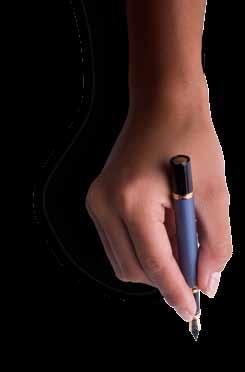Additional Items to Consider Adding to an Emergency Supply Kit:
q Prescription medications and glasses
Infant formula and diapers
Pet food and extra water for your pet
Important family documents such as copies of insurance policies, identification and bank account records in a waterproof, portable container
Cash or traveler’s checks and change
Emergency reference material such as a first aid book or information from www.ready.gov
Sleeping bag or warm blanket for each person. Consider additional bedding if you live in a cold-weather climate.
Complete change of clothing including a long sleeved shirt, long pants and sturdy shoes. Consider additional clothing if you live in a cold-weather climate.
Household chlorine bleach and medicine dropper – When diluted nine parts water to one part bleach, bleach can be used as a disinfectant. Or in an emergency, you can use it to treat water by using 16 drops of regular household liquid bleach per gallon of water. Do not use scented, color safe or bleaches with added cleaners.
Fire Extinguisher
Matches in a waterproof container
Feminine supplies and personal hygiene items
Mess kits, paper cups, plates and plastic utensils, paper towels
Paper and pencil
Books, games, puzzles or other activities for children
Emergency Supply List
www.ready.gov
q q q q q q q q q q
Recommended Items to Include in a Basic Emergency Supply Kit:
Water, one gallon of water per person per day for at least three days, for drinking and sanitation
Food, at least a three-day supply of non-perishable food
Battery-powered or hand crank radio and a NOAA Weather Radio with tone alert and extra batteries for both
Flashlight and extra batteries
First aid kit
Whistle to signal for help
Dust mask, to help filter contaminated air and plastic sheeting and duct tape to shelter-in-place
Moist towelettes, garbage bags and plastic ties for personal sanitation
Wrench or pliers to turn off utilities
Can opener for food (if kit contains canned food)
Local maps
Through its Ready Campaign, the Federal Emergency Management Agency educates and empowers Americans to take some simple steps to prepare for and respond to potential emergencies, including natural disasters and terrorist attacks. Ready asks individuals to do three key things: get an emergency supply kit, make a family emergency plan, and be informed about the different types of emergencies that could occur and their appropriate responses.
All Americans should have some basic supplies on hand in order to survive for at least three days if an emergency occurs. Following is a listing of some basic items that every emergency supply kit should include. However, it is important that individuals review this list and consider where they live and the unique needs of their family in order to create an emergency supply kit that will meet these needs. Individuals should also consider having at least two emergency supply kits, one full kit at home and smaller portable kits in their workplace, vehicle or other places they spend time.
Federal Emergency Management Agency Washington, DC 20472

